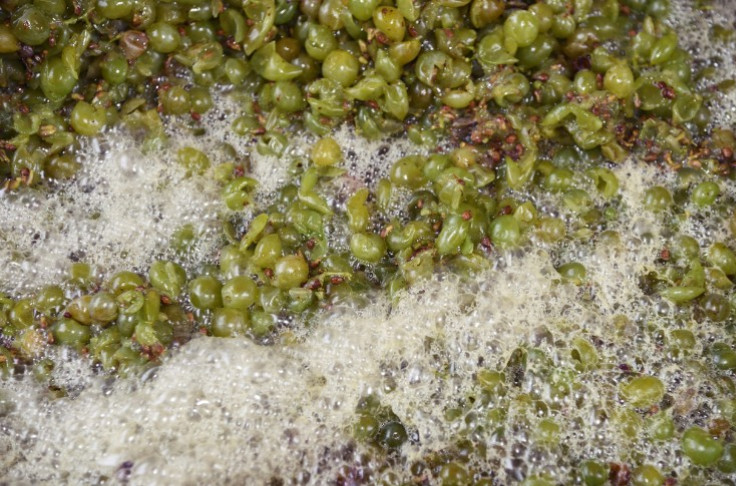New scientific developments for the wine yeast Metschnikowia

enior lecturer Audrey Bloem, who teaches at Montpellier University, has revealed new scientific developments for the Metschnikowia winemaking yeast. After 46 Metschnikowia, including 39 pulcherrima at a population of 106 CFU/ml were inoculated into synthetic grape juice in the presence of either spoilage microorganisms at a population of 103 CFU/ml, “90% of the yeast tested slowed the growth of acetic bacteria compared with a control sample with no biological protection. The remaining 10% either totally inhibited G. oxydans or had no effect”, reports Bloem. Also, 70% of the strains tested delayed growth of Brettanomyces bruxellensis. The others were not effective. “Both outcomes confirm the strain-dependent nature of the biological protection afforded by Metschnikowia”, says Bloem.
In addition to the strain, the efficacy of the biological protection depends on the temperature. “At 16°C, inhibition of the development of Gluconobacter oxydans was more pronounced than at 20°C”, states Bloem, though neither of the two strains used managed to inhibit Brettanomyces bruxellensis.
According to the thesis, pulcherrima strains seem to be totally compatible with the production of commercial wines. “They produce very little acetic acid, sometimes even less than Saccharomyces cerevisiae”, confirms Bloem. Not only do they protect the must from certain pathogens, they can also diversify the aromatic profile of the wines and add complexity. “Wines inoculated with Metschnikowia at the same time as Saccharomyces cerevisiae contain more acetate and glycerol esters than wines without biological protection”, concludes Bloem.






